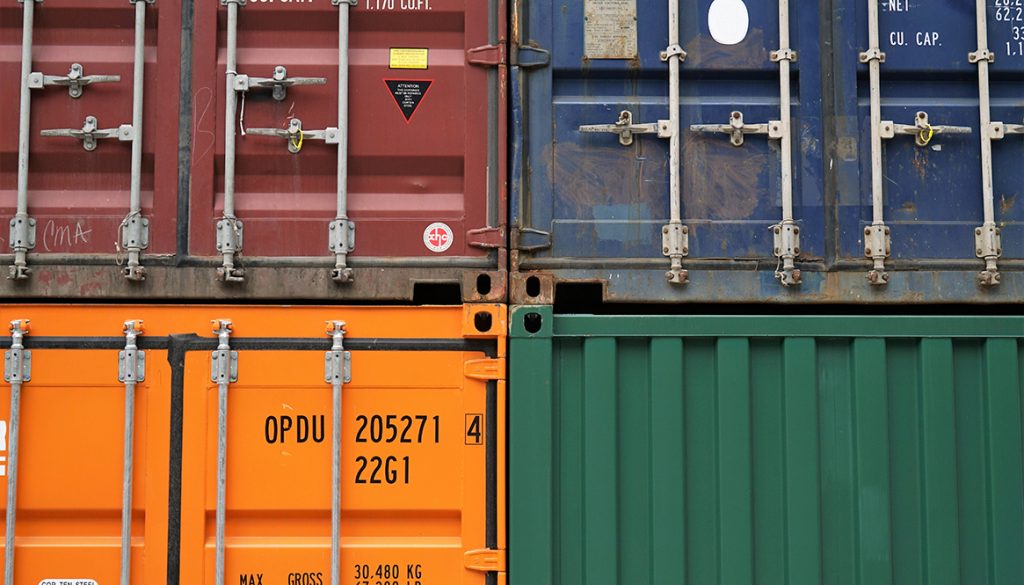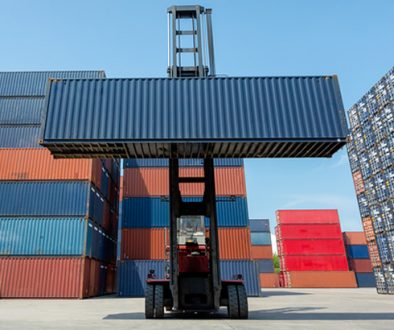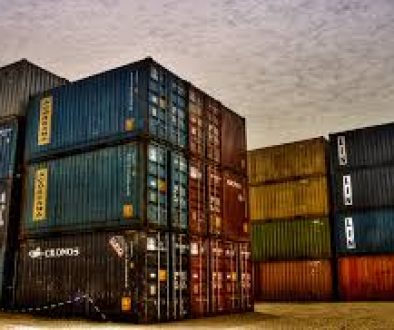Continuing Conflicts
Continuing Conflicts
by Gary Ferrulli
Conflicts between carriers and shippers almost seem like a natural thing, unless you really think about it.
There is a mutual need that few are likely to admit exists while they are conducting their day to day work functions and activities. And like it or not, there is a “we win” attitude despite the attempt 20 or 30 years ago at the “win-win” negotiation process. Didn’t work or catch on to any degree. It took mutual commitment, some work and mutual respect.
The scales have been tipped during the past six plus years as carriers seemingly can’t do enough to gain cargo at virtually any cost, with supply/demand ratios favoring the shippers. Thus, the repetitive reports of “volumes are up, profits are down” by ocean carriers quarter after quarter. With some carrier exceptions, the industry has lost money six years in a row. Admittedly, many of the negative actions have been self-inflicted, a clear majority by carriers, but some by shippers.
Along the way shippers continuously complained about reduced service levels. Today it’s the reduction of carrier Alliances from four to three. Fewer choices, fewer options, some loss of direct services, fewer weekly sailings. A few years ago, it was transit times extending supply chains and increasing inventories. Carriers trying to stop supplying chassis in the US and conform to the rest of the world; but it’s a way for some carriers to try and gain cargo with exceptions for favored shippers.
The Hanjin bankruptcy has some stopping to reconsider, expressing concern as tens of thousands of containers were stranded in a legal mess that took months to clear, and a lot of litigation continues. The signs were there for anyone to see, even for those who don’t spend all of their waking hours buried in industry issues. Some of us a month in advance reluctantly pulled away and told our customers to do the same. “Reluctantly”, as many good people and business friends were being hurt in the process and it’s tough to watch that happen. Most of our customers listened. Unfortunately, many innocent victims were amongst those who had to deal with the mess, their service providers not warning them and taking advantage of that last $50. reduction to try and increase their margins. And now the ongoing rumors on Yang Ming, with their government and management telling us, not to worry.
The fact is that in today’s world you get what you pay for, low rates and mediocre to poor service. Shippers are finding that while they may get low rates, extended free time and chassis provided, carriers make decisions to void sailings, transship to ports they used to call direct, extend transit times, make dealing with picking up or delivering freight an adventure, with little or no communication, it just happens. The flip side is that 25% of the cargo booked never shows up, much of it double booked to protect space or make sure of the delivery dates of the goods.
At a well-attended conference of mainly BCO’s in the recent past, I heard several shippers say they would pay more for better service. Go ahead, raise the rates. Really? Well, some would. But look at facts (my pragmatic skepticism creeping in); the best service in the TPEB trade from China to the West Coast is Matson’s. Faster transit times due to not slow steaming, arriving at their terminal like clock-work. Unloading the vessel and making all cargo available on Monday, usually before noon. In today’s world, virtually perfect. They do charge more money than the other carriers in the market, $150 to $400. a container more than depending on if it is Tier 1 competition or Tier 2 or 3. So shippers will pay more – to one carrier with one string of ships that move slightly over 1000 40 ft. loads a week, the proverbial drop in the bucket. They used to have a two-string service, not any more. The issue is complex because the China to Los Angeles service is a back haul for Matson and is driven by the outbound freight for Hawaii and Guam which pays double or more than the import rates from China. That outbound service can’t fill two strings a week. The point is that very little cargo is truly driven by service; it can be influenced by service, but at reasonably equal rates, not rates $300. or more a container higher. But it’s at those levels that carriers will make money.
The conflicts between carriers and shippers remain, exacerbated by the carriers virtually normalizing low rates due to constant negative supply/demand ratios. Providing mediocre services, a product of their financial condition. The shipper’s voices clamoring for better services, but they won’t get better until there are solid gains in rates and the industry is making money, not three or four exceptions who make money. The situation also continues to be muddied with governments subsidizing certain carriers; and the Alliances, with multiple carrier make-ups, having some uneven service levels with one or more of the members not being in the upper echelon of service providers. Will it ever get fixed? Not until there are some real changes in behavior, on both sides of the equation.



